
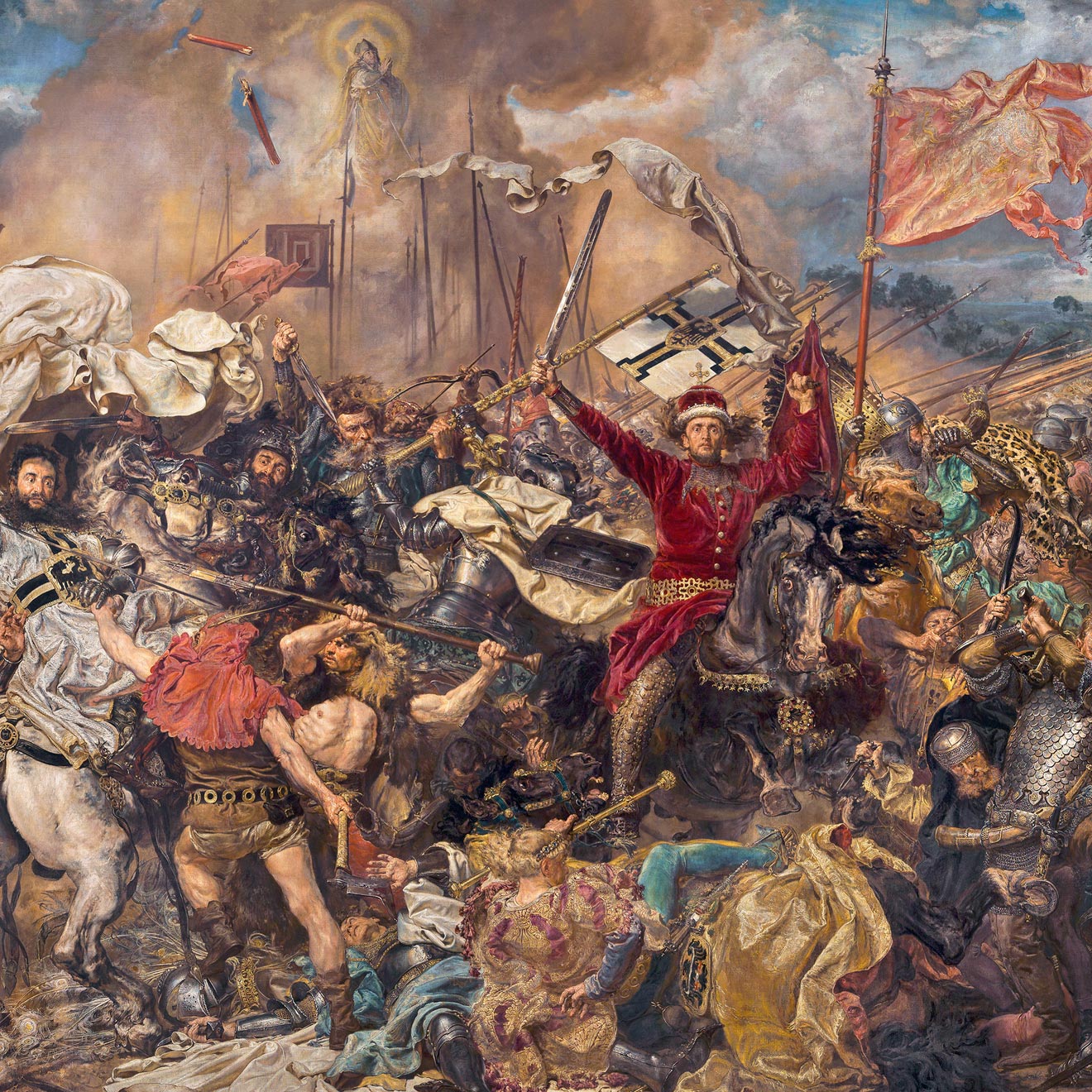
-
BATTLE OF GRUNWALD BY JAN MATEJKO(1878)
The Battle of Grunwald by Jan Matejko is a monumental painting, covering an area of more than 42 square metres! It depicts the victory of the Polish and Lithuanian-Ruthenian forces over the army of the Teutonic Order on 15 July 1410. This is one of the most famous battles in Polish history, and a date that is well known to every Pole.

-
SELF-PORTRAIT BY STANISŁAW WYSPIAŃSKI(1902)
The most famous of his self-portraits, enriched with a background filled with tangled vines, was painted by the artist in 1902, following a loud scandal and the success of his most famous drama The Wedding at the Kraków city theatre. The introduction of the theme of wilting leaves was not only a decorative measure, it also took on a symbolic meaning. Wyspiański was making a delicate allusion to his health, as he was in danger of a progressive fatal disease. It is worth juxtaposing the composition with another portrait created eight years earlier in Paris. We can see the difference in the artist's face, sharpened by the pain associated with the progressive disease. At the same time, the presented work is distinguished by peasant staffage, the outfit with which the painter demonstrated his way of life and attachment to folk motifs.
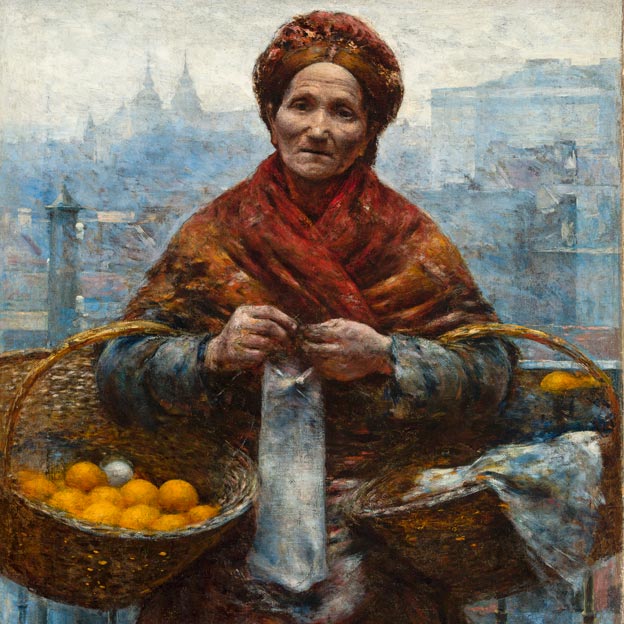
-
JEWISH WOMAN WITH ORANGES BY ALEKSANDER GIERYMSKI
The source of inspiration for Aleksander Gierymski's painting Jewish Woman with Oranges, often also referred to as the Orange seller, was a photograph of a tradeswoman busy knitting, with a basket of fruit on the ground next to her. It was taken by Konrad Brandel as part of a series showing representatives of various professions characteristic of the streets of Warsaw at that time.
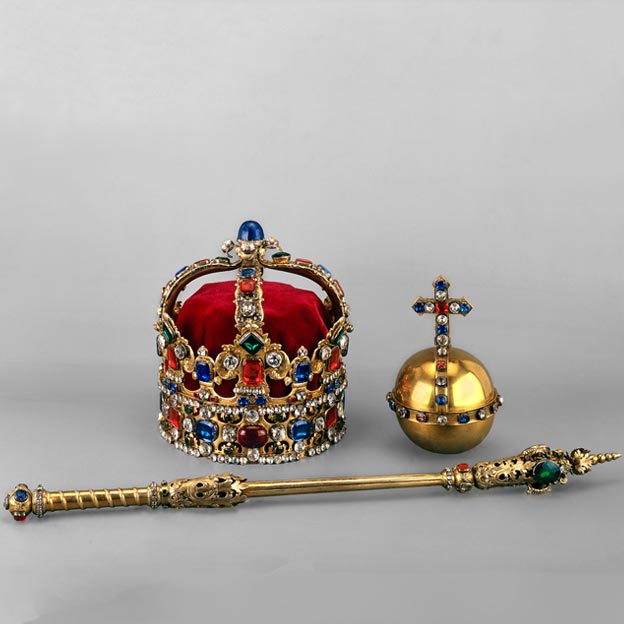
-
REGALIA
The coronation insignia – the crown, sceptre and orb – of Augustus III and his wife Maria Josepha, and also the king's coat, are unique artefacts.
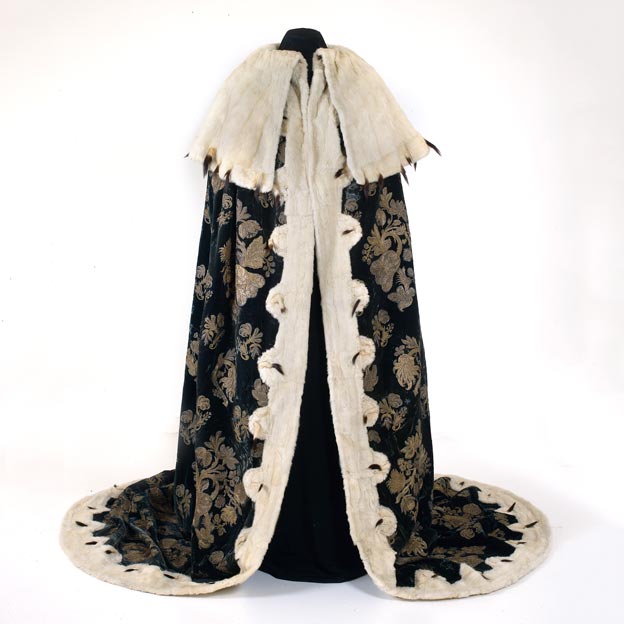
-
REGALIA
The coronation insignia – the crown, sceptre and orb – of Augustus III and his wife Maria Josepha, and also the king's coat, are unique artefacts.
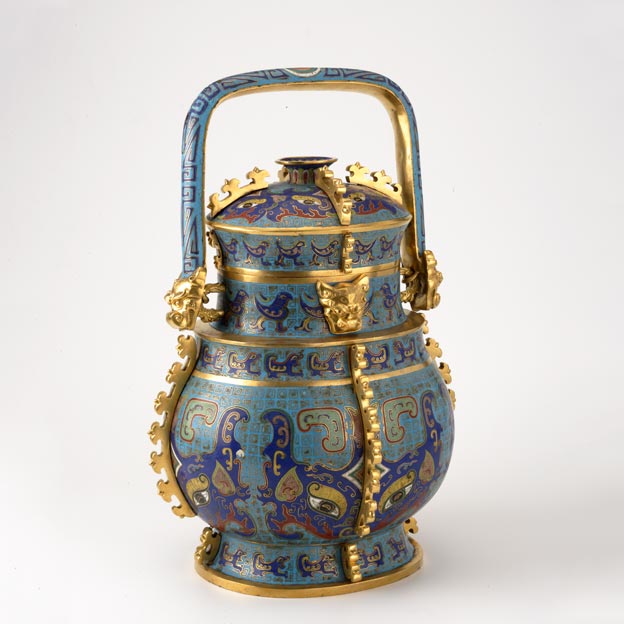
-
CHINESE COLLECTION OF IGNACY JAN PADEREWSKI
In 1930, under the terms of his last will, he donated his collection to the National Museum in Warsaw.
